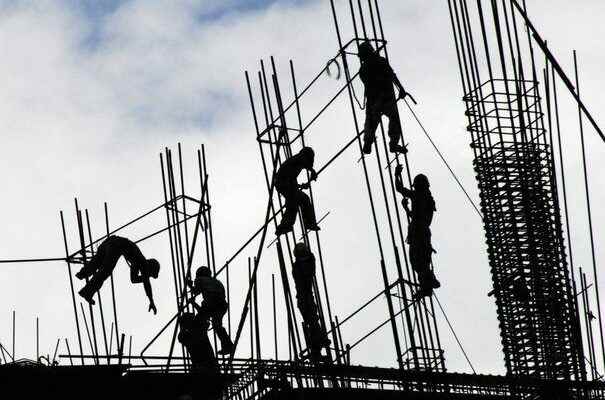In the complexity of the debates on pension reform, there is a discriminating criterion which cannot leave anyone indifferent: the vague notion of “difficulty at work”. The stakes are high given the number of employees suffering from difficult working conditions. According to the survey Summer 2016-2017aimed at monitoring the exposure of employees to occupational risks, 13.6 million people in metropolitan France, or 61% of employees were “exposed to one or more hardship factors during the week preceding their medical visit”.
Among them, more than 10.7 million were affected by physical constraints identified in three so-called “ergonomic” criteria: painful postural constraints (44%), repeated carrying of heavy loads (8%), and exposure to vibration (7.6%). Precisely three of the four criteria removed from the Labor Code by the previous government the day after taking office in 2017.
The hardship factors that are currently included in the professional prevention account (C2P), a sort of reverse points retirement permit where accumulating points makes it possible to compensate for hardship, are now only six in number: night work , repetitive, in successive alternating teams (3 × 8), in a hyperbaric environment, in a noisy environment or extreme temperatures. “Simplified” criteria at the request of employers which have shown their limits, as recently noted by the Court of Auditors: in 2021 only 643,243 employees – far from the 13.6 million cited in the Sumer survey – had been declared “exposed”, and to date, barely 10,000 people have been able to use their C2P to retire early…
Reinforced medical follow-up
In the current state of the reform, reinforced medical monitoring would be put in place for employees exercising professions identified as exposed to arduous work, in order to carry out preventive actions and better detect situations of incapacity allowing early departure. upon retirement, work adjustments or retraining leave which will be financed and accounted for in the annuities. As for the criteria currently existing in the C2P, the thresholds triggering their recognition would be lowered and the number of cumulative points removed.
However, there are still reasons to worry. First, as the latest report from the Court of Auditors on public policies for occupational health prevention in companies points out, “the occupational health landscape remains fragmented between multiple stakeholders, without a real pilot”. “Fragmented” is an understatement as occupational medicine is devastated in France. However, who will ensure for risky professions prevention and “the compulsory and systematic medical examination at 61 years old” as announced on Wednesday January 11 by the government spokesperson Olivier Véran?
In 2019, according to the Department of Research, Studies, Evaluation and Statistics (Drees), the national average age of occupational physicians was 55 years old. The number of occupational physicians has shrunk by at least 1,000 in ten years. In 2022, they would only be around 4,800. A recent study by the National Association of HRDs (ANDRH) noted that 67% of human resources departments suffer from the lack of doctors to implement the latest health reform. at work came into force in April 2022. And the succession is not there: the number of intern positions open in the occupational medicine services has continued to decline for lack of candidates…
Another factor of concern: the “difficulty at work” varies over time. As such, it must be assessed regularly and not just at age 61 when it is already too late. Let’s take as an example the profession of nursing assistant which is subject to 5 families of risks (chemical, biological, physical, organizational, relational). Although directly related to the profession, this hardship cannot be prevented due to the need to provide care 24 hours a day, 365 days a year. It has been further amplified by the public hospital crisis, the Covid and the aging of the hospitalized population, and today constitutes one of the reasons for the career abandonment of very many health personnel. Will it be taken into account? The current health crisis has (lastingly?) affected the feeling of hardship at work. Evidenced by the Epicov study (Inserm/SpF/Drees/Insee): among the employees who responded, a third do not feel able to continue the same work until their retirement and do not wish to do so – in particular the personnel mobilized in Covid services that other staff in the hospital sector (36% versus 28%).
In the current project, it is to be feared, according to social science researcher France Lert, that “employees with hardship factors will be ejected from work with very little chance of being rehired elsewhere and remain on disability or unemployment for several years ” . It is here that the greatest danger of the absence of “preventive” consideration of hardship lies.
Pr Gilles Pialoux, infectious disease specialist, head of the infectious and tropical diseases department at Tenon Hospital (AP-HP), vice-president of the French Society for the Fight against AIDS (SFLS) and member of the ARSLA support committee , association for the fight against Charcot’s disease (www.arsla.org).
